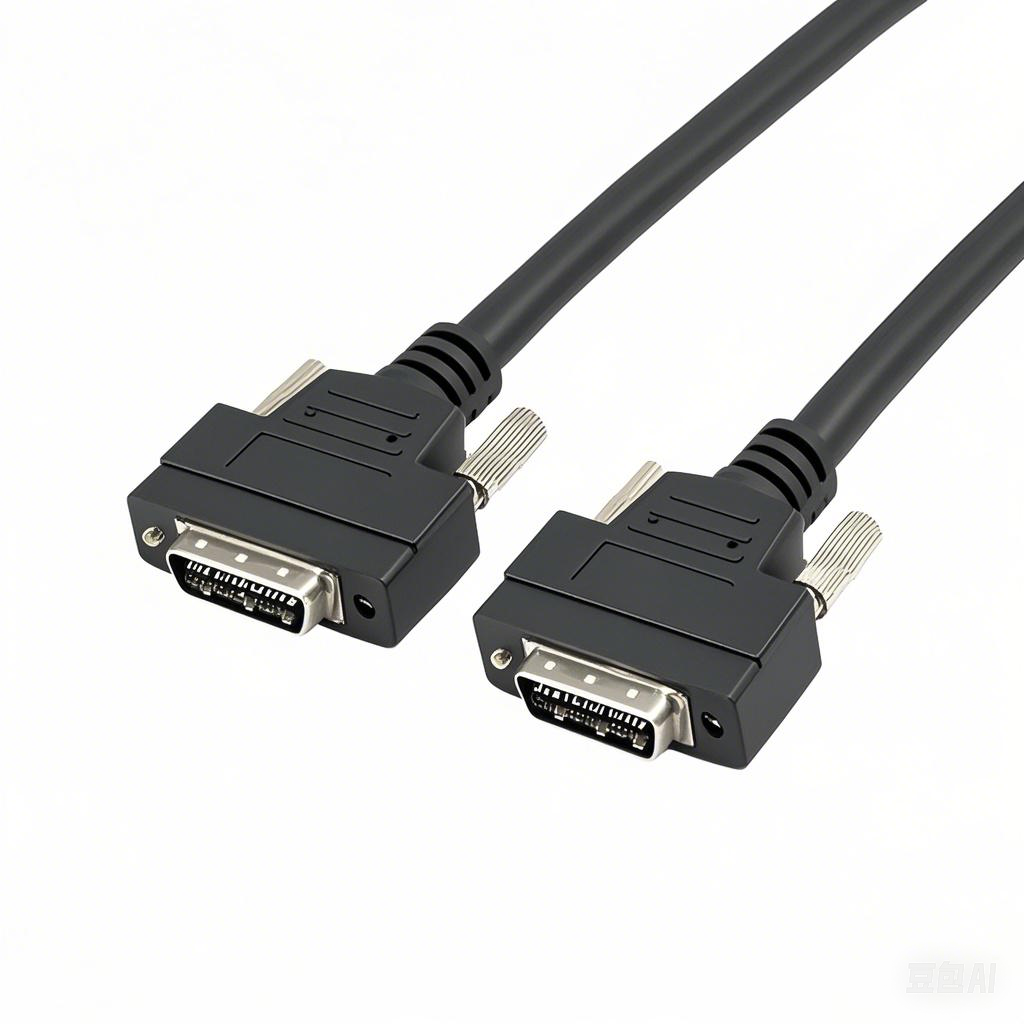The Best Machine Vision Cables for Automated Warehouses: Keeping Your...
Automated warehouses are powerhouses of efficiency, relying heavily on machine vision systems for critical tasks like barcode reading, object identification, size verification, robotic guidance (AGVs/AMRs), and inventory management. These vision systems are the “eyes” of your operation. But just like eyes need clear signals to the brain, your cameras and sensors need reliable connections to the processing units. That’s where choosing the best machine vision cables becomes absolutely essential. The wrong cable can lead to downtime, errors, and costly inefficiencies.
Why Standard Cables Just Don’t Cut It in Warehouses
Warehouses are tough environments. Think constant movement (AGVs zipping around), vibrations from machinery, potential impacts from forklifts or falling objects, dust, debris, temperature fluctuations, and significant electromagnetic interference (EMI) from motors, drives, and other heavy electrical equipment. Standard off-the-shelf cables simply aren’t built to withstand these challenges long-term. Failure means lost data, misreads, and halted operations.
Key Features of the Best Warehouse Machine Vision Cables
When selecting cables for your automated warehouse vision systems, prioritize these critical features:
- Robust Physical Construction & High Flexibility:
- Heavy-Duty Jacketing: Look for PUR (Polyurethane) or TPE (Thermoplastic Elastomer) jackets. These materials offer excellent resistance to abrasion, cuts, oils, chemicals commonly found in warehouses, and withstand repeated flexing without cracking.
- High Flex Life: Cables need to endure constant bending and twisting, especially on moving AGVs/AMRs or robotic arms. Choose cables specifically rated for high flex cycles (often millions of cycles).
- Enhanced Strain Relief: Integrated strain relief at connectors (like molded boots) prevents the cable from pulling out or breaking at the connection point during movement or accidental tugs.
- Torsion Resistance: Cables on rotating equipment need to handle twisting forces without damaging internal conductors.
- Superior Shielding for Reliable Data:
- EMI/RFI Protection: Automated warehouses are electrically noisy. Opt for cables with highly effective shielding – double shielding (foil + braid) is often the gold standard for GigE Vision applications common in warehouses. This prevents data corruption from motors, VFDs, and other electrical sources.
- Proper Grounding: Ensure the shielding is correctly terminated at the connectors to provide a continuous ground path, maximizing interference rejection.
- High-Performance Conductors:
- Precision Twisted Pairs: For data cables (like Ethernet for GigE Vision), precision-engineered twisted pairs minimize crosstalk and maintain signal integrity over longer distances.
- Pure Copper Conductors: Avoid copper-clad aluminum (CCA). Pure copper offers lower resistance and better signal quality, crucial for high-speed data transmission.
- Secure and Durable Connectors:
- Locking Mechanisms: M12 connectors with A-coded (for sensors/power) or D-coded (specifically for GigE Vision/Ethernet) are industry standards in automation. Their screw-locking mechanism ensures connections won’t vibrate loose. X-coded M12 connectors are emerging for even higher speeds (10 GigE).
- Ingress Protection (IP Rating): Look for connectors rated IP67 or IP68 to withstand dust and moisture ingress, common in warehouse environments.
- Ruggedized Design: Metal-bodied connectors or overmolded plastic connectors offer superior resistance to physical impact compared to standard RJ45 connectors.
- Right Length and Gauge:
- Correct Length: Measure carefully. Too short causes strain; too long creates snag hazards and potential loops that AGVs can run over. Use cable carriers where necessary for long runs on moving equipment.
- Adequate Conductor Size: Ensure power conductors are thick enough (correct AWG gauge) to handle the required current without excessive voltage drop, especially for cameras with integrated lighting.
Top Cable Types for Warehouse Vision Applications
- GigE Vision Cables: The most common interface for industrial cameras. Look for Cat6a or Cat6 Ethernet cables, but specifically designed as machine vision cables with the features above (PUR/TPE jacket, double shielding, M12-D-coded connectors). Cat6a supports longer distances (up to 100m) at 10 Gbps, future-proofing for higher resolution cameras.
- USB3 Vision Cables: Used for some cameras, especially where very high bandwidth is needed over shorter distances. Seek USB 3.0/3.1/3.2 Gen 1 cables with robust PUR/TPE jackets, effective shielding, and secure locking connectors (like industrial USB types with screw locks).
- CoaXPress (CXP) Cables: Used for ultra-high-speed, high-resolution cameras. Require specialized coaxial cables designed for high bandwidth and low latency, with ruggedized connectors.
- Camera Link Cables: Less common in new warehouse deployments but still found. Require specific shielded multi-conductor cables with rugged connectors.
- Hybrid Cables: Combine power conductors alongside data conductors (e.g., GigE + power) in a single jacket. This simplifies cabling, especially for cameras needing external power, reducing points of failure and installation time. Ensure the hybrid cable meets the data and power specs required.
Recommendations for Common Warehouse Scenarios
- AGVs/AMRs: Prioritize extreme flexibility, high flex life, torsion resistance, and secure M12 connectors. PUR-jacketed, double-shielded GigE cables are often ideal. Ensure cables are routed safely within cable carriers.
- Fixed-Mount Scanners/Readers (Dock Doors, Conveyors): Focus on durability against dust, debris, and potential impacts. Robust PUR/TPE jackets and M12 connectors are key. Shielding is still vital due to nearby motors.
- Robotic Arms (Picking/Packing): Requires cables with exceptional flexibility and high flex cycle ratings, integrated into the robot’s cable management. PUR jackets and proper strain relief are critical.
- Overhead Gantry Systems: Cables often need to hang or run in carriers. Weight, flexibility, and resistance to twisting are important factors.
Investing in Quality Pays Off
While premium machine vision cables might have a higher upfront cost than generic ones, they are a crucial investment. They minimize costly downtime caused by cable failures, reduce maintenance headaches, ensure accurate data capture, and extend the lifespan of your valuable vision hardware. Look for reputable industrial cable manufacturers known for quality and reliability in automation (e.g., L-com, Siemon, Belden, Turck, SAB, igus). Choosing the right cable ensures your warehouse’s “eyes” see clearly and reliably, keeping your automated operations running at peak performance.











